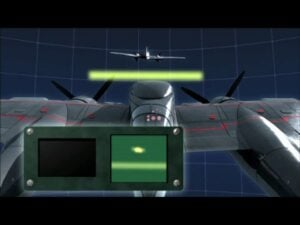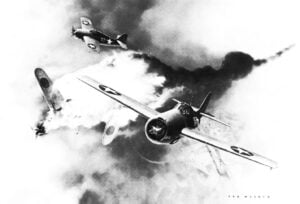6 Megastructures Built During WWII

History Hit / YouTube
The Second World War was marked by not only its widespread conflict but also by its impressive feats of engineering. As nations grappled with the demands of warfare, they constructed monumental structures for defense, attack, and strategic advantage. This article delves into six significant constructions from the war that bore witness to the immense military efforts of that period.
The Atlantic Wall in Denmark

Along the coasts of Denmark, the German forces, in a massive attempt to defend against an anticipated invasion by Allied forces, erected a network of fortifications known as the Atlantic Wall. Spanning thousands of kilometers, this extensive barrier consisted of bunkers, landmines, and beach obstacles. At strategic points, heavy artillery was installed, and the coast was diligently guarded by troops trained to repel any naval assault. The structure was aimed at forging an impenetrable shield to secure the German-occupied territories along the European coast.
Alderney WW2 Defenses

The small Channel Island of Alderney was transformed into one of the most fortified sections of the Atlantic Wall. Thick concrete structures, including bunkers and gun emplacements, were constructed atop this island with the dual purpose of defending the area and exerting control over the English Channel. The defenses on Alderney illustrated the strategic importance the German forces placed on this tiny island, making it a miniature fortress amid the vastness of the sea.
Eben-Emael Fortress

This Belgian stronghold stood near the country’s border with the Netherlands, a testament to military engineering of its time. Carved into rock, the fortress was equipped with a network of tunnels, armored domes, and powerful artillery. Its purpose was to block the advancement of forces into Belgium, and its fortified position made it a critical point in the early European battlefields. However, the fort would eventually succumb to an innovative airborne attack, which would mark a significant development in military tactics.
Normandy Mulberry Harbours

The Allied invasion of Normandy required innovative solutions. Among these was the creation of Mulberry Harbours – artificial ports designed to facilitate the rapid offloading of soldiers and supplies onto the beaches. These temporary harbors were engineered to withstand rough sea conditions and consisted of sunken ships, floating docks, and massive roadways laid upon the sea. Remarkably, the harbors provided the crucial logistical support needed to sustain the vast number of troops and equipment that turned the tide of the war following the D-Day landings.
The Siegfried Line

Known as the Westwall, this German defensive line was a formidable barrier that stretched over hundreds of kilometers along the border with France. It featured a series of bunkers, tank traps, and trench systems, all interconnected to form a dense network of defenses. The purpose was clear: to slow down or halt the advance of enemy forces. The Siegfried Line represented one of the German army’s significant attempts to secure their territory as the war turned against them.
Wrecks of Dunkirk Evacuation

In May and June 1940, a remarkable evacuation unfolded off the coast of France in the town of Dunkirk. Under relentless attack from German forces, Allied soldiers retreated to the beaches where a flotilla of vessels – from navy destroyers to civilian boats – worked tirelessly to rescue them. This hasty retreat left behind a graveyard of ships sunk during the evacuation efforts. The remnants of these vessels, which played a crucial role in saving hundreds of thousands of lives, now lay as underwater relics, echoing the desperation and bravery of the evacuation.




















